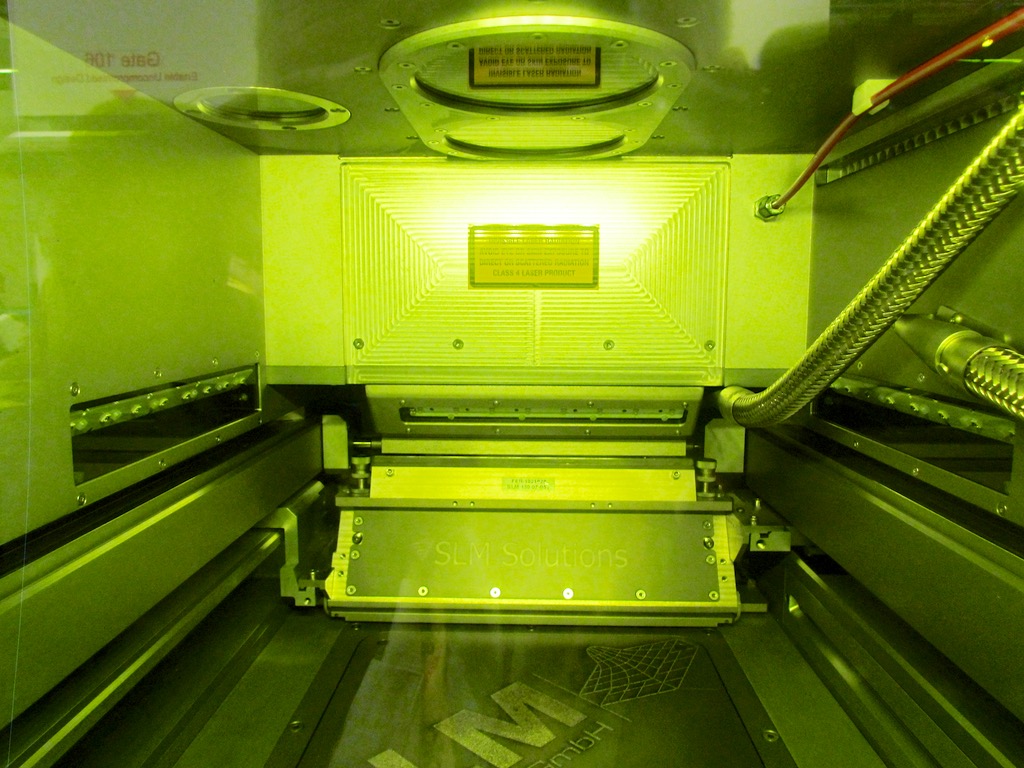3D metal printing is an expensive proposition, and it may be that this expense is holding back adoption by industry. Is there anything that can be done?
Current approaches to 3D metal printing typically involve metal powder fusion, either by high-powered laser or electron beams. But the use of metal powder poses some challenges.
Metal powders must be very fine-grained and uniform in size and shape in order to enable consistent 3D printing results. These very fine metal particles can become airborne and thus pose a significant safety hazard: some metals are actually toxic if inhaled. Others are actually explosive!
To overcome these challenges, most industrial 3D metal printers involve air-sealed build chambers, evacuating oxygen to prevent explosions and extensive filtering systems to keep powders under control. In addition the build chambers are kept at precise temperatures to ensure the metal powders fuse correctly with strong bonds.
All of that is expensive to do, leading to pricey equipment and facilities for current 3D metal printing operations.
But they’re all using more or less the same process. We’re hoping someone is working on a different approach to 3D metal printing that employs a radically simpler process. A simpler process would mean less expensive machines and could dramatically increase adoption by industry.
Our spies suggest there are indeed groups working on new approaches, but nothing has yet been announced. However, we would not be surprised if something new suddenly appeared this year or next to shake things up a bit.


